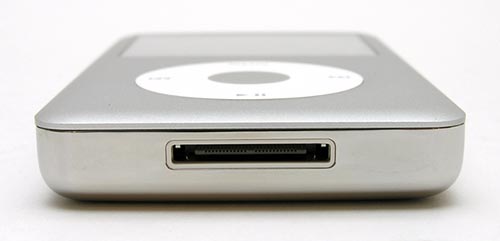If I were to choose any field that has benefited from the fundamentals of product design, it would be photography. Ever since its conception, some of the brightest engineers and innovators came together to rethink the practice and art of photography through introducing new designs and implementing the latest technology of the camera. As an avid hobbyist, I have tried many different cameras from analog to digital, but I have never used a camera that I found as inspirational as the SX-70.
The SX-70 is a folding single-reflex lens (SLR) camera that has a unique design that is unparalleled in the camera world. Simply lifting the top part (the viewfinder) opens the camera, which only has three controls: the focusing wheel, the exposure wheel, and the big red shutter button. Inside the compact body lie several mirrors that reflect incoming light from the lens to the viewfinder. I love holding the camera because it is so light and fits perfectly on my left palm as I change my focus and exposure settings with my right index finger. Thanks to its clever mirror layout and simple controls, I can just point and shoot as soon as I have something in focus. Sounds a lot like today's digital cameras doesn't it?
Polaroid and Land really envisioned a future where everyone can carry a small and lightweight camera that is easy to use. Amateurs and professionals alike can enjoy the convenience of capturing that Kodak moment with a simple button press then hold that picture in their hands right away. I think Land really embraced the idea of point-and-shoot cameras, since after the SX-70, he kept improving the camera to take care everything and let the user simply press a button for that picture.
The legacy and popularity of SX-70 and instant film still inspire other manufacturers such as Fujifilm to create their own instant cameras. Even though Polaroid stopped making their own instant film in 2008, a Dutch company called the Impossible Project continue to manufacture its own film that resembles the original Polaroids. I have met many other photographers who have found used SX-70s to relive the simple instant film experience.
I have heard many rumors that Edwin Land and his SX-70 inspired Steve Jobs and Apple to focus on creative product design. I wouldn't be surprised since when the SX-70 first appeared people really had to "think different". When I compare the SX-70 to the iPod, other than the obvious clean looks and easy functionality, the iPod's connector port looks just like the SX-70's flash-bar socket. The rectangular body and glossy metal finish can be found in both designs also.
(Top) iPod connector port
(Bottom) SX-70 Flash-bar socket
I don't love the SX-70 just because of its looks, even though I can never stop appreciating its sleek folded body and its cool Transformers-like conversion to a fully functional camera. As a product designer, I could learn a lot from Edwin Land and his forward-thinking. Cameras used to be something so complicated and expensive were not easily accessible to everyone nor popular to the non-professionals. However, today everyone uses their phone cameras to take millions of pictures everyday and add filters to imitate the old Polaroid film look. The SX-70 was not only a beautifully designed product, but also a completely new perspective on photography itself. I believe the SX-70 led all camera manufacturers to consider the potential of non-professional consumer market. Even today, you can't help but admire this beautiful product that holds its own in the history of photography.


























